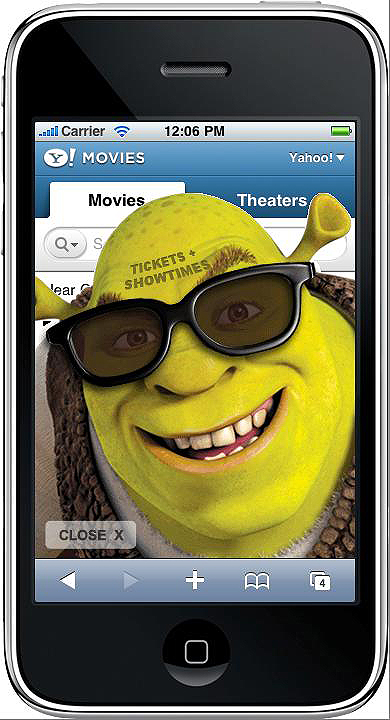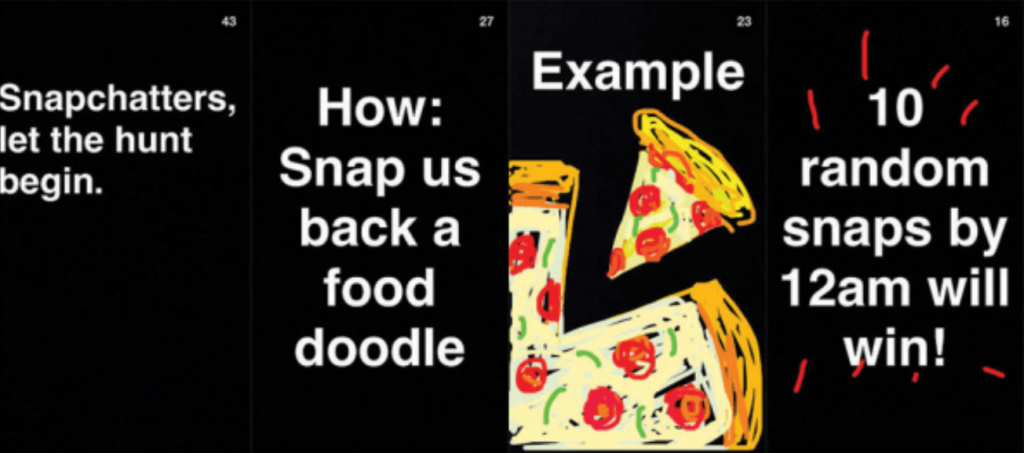With the new millennia, we were introduced to a new generation called generation Z. While still in their late teen and early youth, this segment is keen about e-commerce and online shopping opportunities. The generation of post millennials is going to exceed millennials and are expected to mature soon.
For they learned to swipe a screen before they learned to speak. Before we delve into the specifics on marketing to post millennials, let’s first understand some traits of this newly emerging generation.
Can you imagine a toddler could put you to shame? Just look at them using an ipad or tablet. This is the tribe of digital natives we are talking about. They will break all barriers to become the most tech-savvy generation in existence. They are early adopters when it comes to technology and are already showing signs of entrepreneurial skills. Marketers have noticed they they are easy to engage in e-commerce promotions and discounts but they still lack the buying power in comparison to millennials.
They are quick in sifting through information which means bad news for marketers. In comparison to millennials, generations Zers have a further shorter attention span. Yet there is a relief. They understand emojis and brands need to step forward to communicate in the language they understand in shorter time span. Let’s explore more about this generation and how are they different from millennials.

Gen Y vs Gen Z
Millennials were hooked to social networks, Generation Z doesn’t want to be tracked, preferring Snapchat, Secret, or Whisper to communicate.
Despite low incomes (pocket money), Gen Z spend more income online compared to gen Y.
They suffer from FOMO (fear of missing out) more than millennials, so being culturally connected is critical
Get Ecommerce development Help
Unfortunately, millennials and post millennials cannot be lumped in the same group. Marketers need to actively study generation Z and devise strategies to attract the most the digital natives who are already a promising prospect for e-commerce.
71% of Millennials followed an advertisement online before making a purchase, however only 59% of Gen Z’ers said the same.
No other generation was such a frequent user of smart phones as generation Z. They know how to sift through marketing material on mobile. According to a study by Forrester, generation Z supersedes generation Y when it comes to taking pictures on mobile, music and video streaming, receiving text alerts and while looking up for directions.
Despite this frequent usage, when it comes to purchasing products, 40% of Gen Z does so at least weekly compared with 49% of Gen Y.
A similar disparity appears in researching for products on mobile, 61 percent of Gen Z does so on mobile at least weekly compared to 66 percent for Gen Y.
We know for a fact that they are spending more time on mobile yet generation Zers are hesitant to make purchases online. This means you have to be more specific while marketing to them. Take for instance this mobile ad campaign by paramount to target 50 million people who visit Yahoo’s mobile home page each month. Near the release on the Shrek movie, the visitors to yahoo’s mobile home page saw the top of Shrek’s head near the bottom of their smart phone screen. Upon touching it, the Shrek would pop out and fill the screen. On tapping Shrek’s head again, they were redirected to Shrek mobile microsite where they could view showtimes and further info on ticket purchase.

Go mobile and get creative
When generation z comes across something emotionally enticing, they look for emojis and share buttons. Normally they sift through ads that do not offer entertainment. Generation Z is currently hooked to snapchat and Instagram due to its playful nature. This explains why marketers are actively creating emotional ads on the platforms nearest to generation z.
We have seen how storytelling for marketing affects millennials and post millennials combined. However, the approach to targeting with a campaign can yield varying results. What captures the attention of millennials might not necessarily interest post millennials. Besides, the latest generation of digital natives do not have patience of stories without room for participation. Don’t expect Gen Z to simply sit back and watch, on Facebook or anywhere else.
They want to be a part of the brand experience.
To keep generation Z hooked to your brand, you must be on Youtube and Instagram. 93% of Gen Z say they visit YouTube at least once a week, and 54% visit the site multiple times throughout the day. They represent a socially-savvy segment of people which means word-of-mouth marketing really gets to them. Also, if they see a social craze gaining momentum, they will hunt down the source of origin and would want to be a part of it. Here’s an example.
GrubHub really knows how to entice the generation Z who’s usually on snapchat. With the story feature, they created a sequence of photos that leads you to promo codes valid for delivery and take-out service. While the idea itself is profound, the addition of snapchat artist Michael Platco really boosted the campaign. This is a clear example on where to reach your most excited audience and how to keep them engaged.

Do you thinking all the above-mentioned techniques would work if they were aimed at millennials? Why or why not? Share your thoughts in comments below.